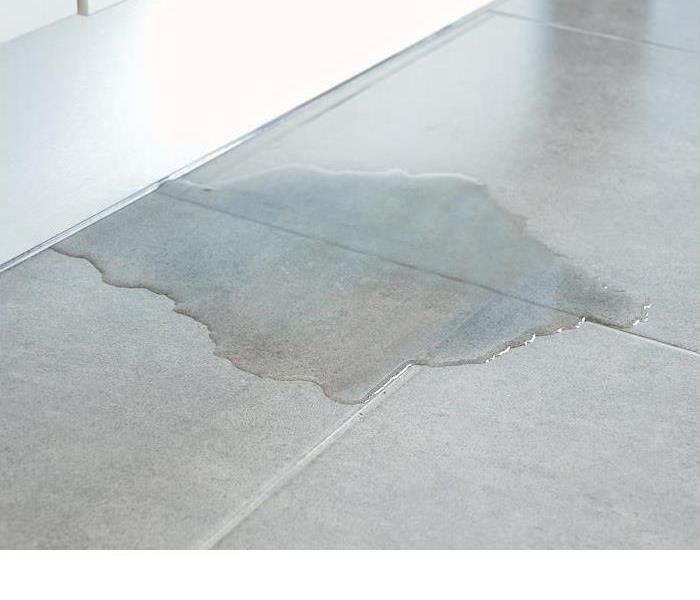How to Detect Hidden Water Damage | SERVPRO® of San Gabriel
10/15/2019 (Permalink)
Flooding is sometimes the cause of water damage, but that is not always the case. Many mishaps can lead to water damage in the home, especially in hidden places that are not normally checked.
Discovering water damage is overwhelming and can be costly. For a typical water damage insurance claim, it will be over $6,000. Knowing how to detect this hidden water damage will assist homeowners in discovering it before it gets too severe.
Check for water below windows. Where windows are joined with the wall can allow water to seep into the wood below over time, so it is important to check for watermarks.
Check siding joints. Where siding panels join—especially at corners—can be a prime spot for leaks to occur on the plywood below.
Inspect door thresholds. The metal plates of the threshold are not weather-sealed, allowing water to spread to the wood below. Inspect often to ensure the wood has not begun to swell.
Assess softness of exterior paint. Paint layered upon paint is not always properly sealed against the elements, allowing water to slip through. If it is soft to the touch, there might be water damage underneath.
Move the dishwasher. Dishwashers deal with a large volume of water, meaning they are primed for leaks. Moving the dishwasher out often is a great way to ensure there are no secret water spots.
Watch walls for discoloration. Water pipes run behind walls, and if you notice discoloration, that could indicate a leak.
Be sure the toilet is steady. A toilet’s seals grow weaker with age and can cause a leak so gradual that it goes unnoticed. However, a wobbly toilet might be indicative of flooring damage below.
If your home has suffered water damage (even in a hidden place like one of these), we are happy to help! Give us a call right away, and we’ll get there quickly.





 24/7 Emergency Service
24/7 Emergency Service
